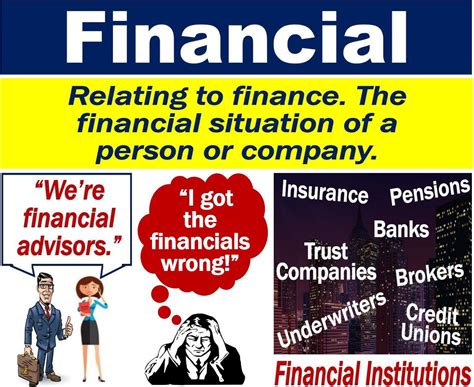Embarking on the journey of personal finance is a pivotal moment for any man, and the first $1000 invested can set the trajectory for significant long-term growth. While $1000 might seem like a modest sum, its strategic deployment, coupled with the power of compounding, can lay a robust foundation for future wealth.
Laying the Foundation: Before You Invest
Before you even think about where to put your money, ensure your financial house is in order. The two non-negotiable prerequisites are:
- Build an Emergency Fund: Aim for at least 3-6 months’ worth of living expenses in an easily accessible, high-yield savings account. This safety net prevents you from needing to sell investments prematurely during unforeseen circumstances.
- Eliminate High-Interest Debt: Credit card debt or personal loans with sky-high interest rates can quickly negate any investment gains. Prioritize paying these off before investing, as the guaranteed return of avoiding high interest is often better than speculative market returns.

Top Investment Avenues for Your First $1000
1. Low-Cost Index Funds or ETFs
For long-term growth, index funds or Exchange Traded Funds (ETFs) are often considered the gold standard for beginners. These funds hold a basket of stocks or bonds, offering instant diversification without needing to research individual companies. An S&P 500 index fund, for instance, gives you a small stake in 500 of the largest U.S. companies.
- Why it’s great: Diversification, low fees, passive management, historically strong long-term returns. Many brokers allow fractional share purchases, so your $1000 can fully participate.
- How to access: Through major brokerage firms like Fidelity, Vanguard, Charles Schwab, or through robo-advisors.
2. Robo-Advisors
If the idea of choosing funds feels overwhelming, a robo-advisor might be your best bet. Services like Betterment or Wealthfront use algorithms to build and manage a diversified portfolio tailored to your risk tolerance and financial goals. They typically invest in a mix of low-cost ETFs.
- Why it’s great: Automated, low fees, professional management without the high cost, rebalancing.
- How to access: Sign up directly on their platforms.

3. Roth IRA
While technically an account type rather than an investment itself, a Roth IRA is an excellent vehicle for long-term growth, especially for younger men. You contribute after-tax money, and your investments grow tax-free, with qualified withdrawals in retirement also being tax-free.
- Why it’s great: Tax-free growth and withdrawals in retirement, flexibility (contributions can be withdrawn tax- and penalty-free at any time), encourages long-term thinking.
- How to access: Open a Roth IRA at a brokerage firm and then invest your $1000 into an index fund or ETF within that account.

Key Principles for Long-Term Growth
Regardless of where you invest your first $1000, adhering to these principles will maximize your long-term success:
- Start Early: The most powerful force in investing is compound interest. The earlier you start, the more time your money has to grow exponentially. Even small amounts compounded over decades become substantial.
- Be Consistent: Make investing a regular habit. Even if it’s just $50 or $100 a month, consistent contributions add up and allow you to take advantage of dollar-cost averaging.
- Diversify: Don’t put all your eggs in one basket. Index funds and ETFs inherently offer diversification, but ensure your overall portfolio isn’t overly concentrated in a single sector or asset class as you grow.
- Stay Patient: The market will have its ups and downs. Resist the urge to panic sell during downturns. Long-term investors are rewarded for riding out the volatility.

What to Avoid with Your First $1000
While the excitement of investing is palpable, certain pitfalls can derail your long-term growth:
- Penny Stocks or Speculative Investments: These are highly volatile and carry significant risk, often leading to substantial losses for inexperienced investors.
- Get-Rich-Quick Schemes: If it sounds too good to be true, it almost certainly is. Sustainable wealth is built through consistent, disciplined investing over time.
- Investing Without an Emergency Fund: As mentioned, this can force you to sell investments at an inopportune time.
- Emotional Decisions: Don’t let fear or greed dictate your investment choices. Stick to your long-term plan.

Conclusion
Investing your first $1000 is more than just a financial transaction; it’s a declaration of financial intent. By choosing low-cost, diversified options like index funds or ETFs within a Roth IRA, and committing to consistency and patience, you’re not just investing money – you’re investing in your future self. This initial step, though small, is the most crucial one on the path to building lasting wealth and achieving financial freedom.




